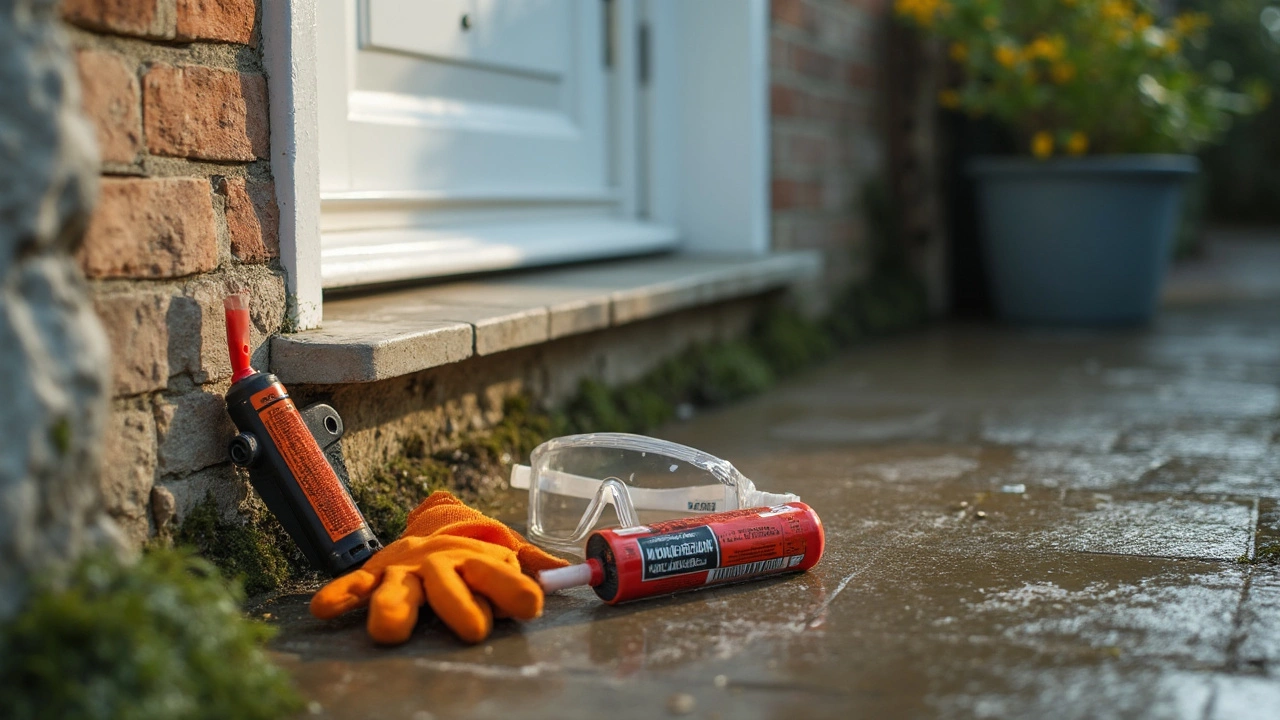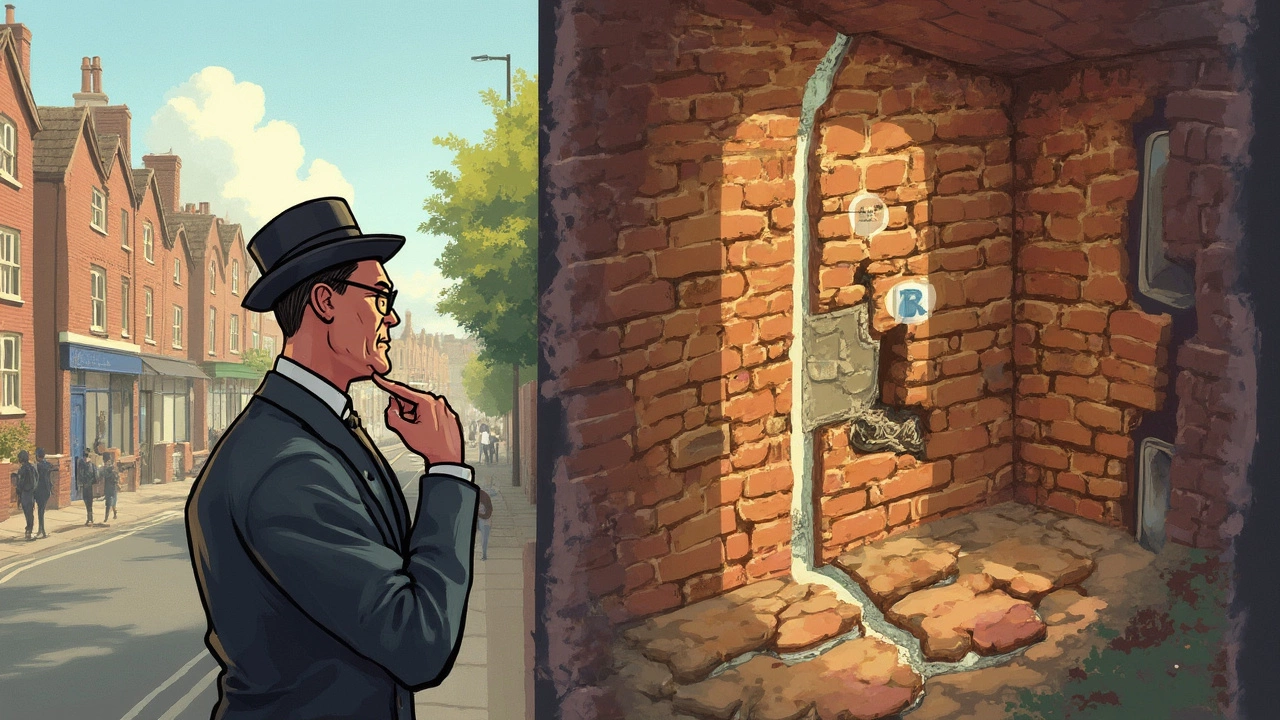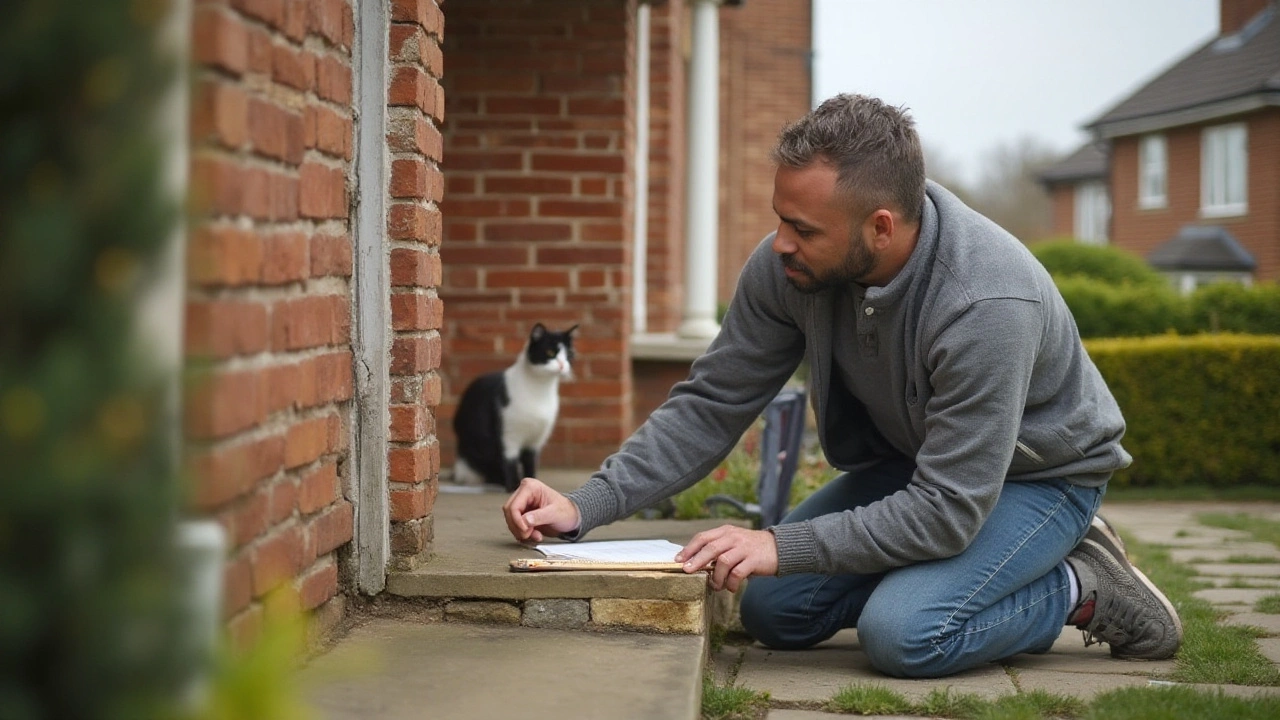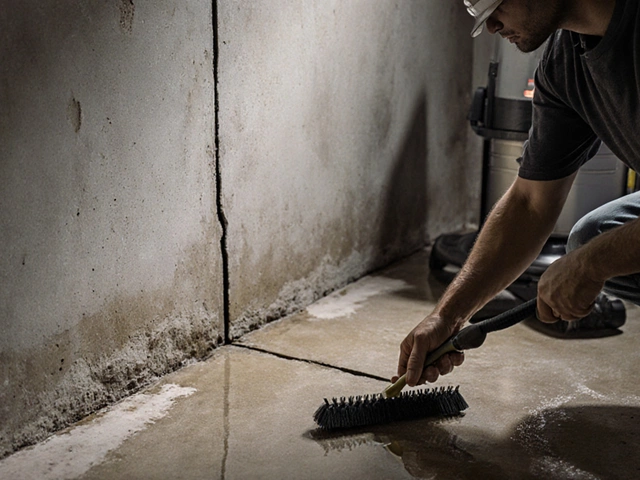Foundation Crack Repair: Why It Matters and How to Get It Done
If you’ve noticed a hairline split in your basement wall or a stair‑step crack in your slab, you’re probably wondering if it’s a big deal. The short answer: any crack can become a big deal if you ignore it. Water can seep in, soil can shift, and the structural integrity of your home can weaken. Acting fast saves money, protects your property value, and keeps the house safe for your family.
Spotting the Tell‑Tale Signs
Not all cracks are created equal. A vertical crack that’s wider than 1/4 inch, or a horizontal crack that runs across a wall, is a red flag. Look for these clues:
- Cracks that appear after a heavy rain or drought.
- Doors and windows that start sticking or won’t close properly.
- Uneven floors or gaps between walls and flooring.
- Moisture stains or mold near the crack.
If any of these show up, write down the date, take a photo, and measure the width with a simple ruler. That information will help a professional give you an accurate estimate.
DIY vs. Professional Repair
For tiny, hairline splits that aren’t moving, a DIY fix can work. Clean the crack, apply a concrete epoxy filler, and seal the surface with a waterproof coating. This takes a few hours and under $100 in materials.
But when you see a crack wider than a quarter inch, or it’s growing, call a structural engineer or a foundation repair contractor. They’ll assess soil conditions, check for settlement, and recommend the right method—whether it’s piering, slab jacking, or carbon‑fiber reinforcement. Professional jobs usually start around £1,200 for a small residential repair and can climb to £10,000+ for extensive work.
Why pay more? A pro uses equipment that reaches deep soil layers, ensuring the fix lasts for decades. Cheap shortcuts can lead to recurring cracks, water damage, and lower resale value.
Here’s a quick decision guide:
- Is the crack wider than 1/4" or moving? Yes → Call a pro.
- Is the crack dry, hairline, and not affecting doors/windows? Yes → DIY epoxy filler.
- Do you see moisture or mold? Yes → Professional waterproofing needed.
Having a plan in place makes the whole process less stressful. Gather your photos, note the weather patterns before the crack appeared, and be ready to discuss the type of soil your house sits on. Local clay soils, for example, expand and contract more than sandy soils, influencing repair choices.
Finally, don’t forget maintenance. Good drainage, proper grading away from the foundation, and regular gutter cleaning are cheap ways to keep the ground from pushing on your walls. A small investment now can prevent a big repair later.
In a nutshell, catch foundation cracks early, assess the severity, and choose the right repair path. Whether you go DIY for a tiny fissure or bring in a specialist for a larger issue, acting quickly protects your home’s stability and your wallet.
Best Foundation Crack Repair: What Actually Works?

Wondering how to fix a crack in your home's foundation? This article breaks down the best options out there, from pro materials to simple at-home fixes. We’ll talk about what actually fixes the problem and what just covers it up. You’ll find tips on spotting bigger trouble, easy tools to grab, and when it’s best to call for backup. Save yourself wasted time and money—get straight to what works.
read moreFoundation Crack Fix: Inside or Outside?

When it comes to fixing a foundation crack, homeowners often wonder whether it's best to repair from the inside or the outside. Each method has its own perks and potential pitfalls. Factors such as crack location, severity, and access play a role in determining the best approach. This article breaks down these considerations, offering practical tips and insights for choosing the right repair method.
read moreDIY Foundation Crack Repair: Can You Do It Yourself?

Cracks in the foundation of your home can be alarming. This article explores whether homeowners can repair foundation cracks themselves, guidance on identifying cracks that are safe to fix, and step-by-step tips for undertaking such repairs. Before diving into DIY solutions, it also provides advice on when it's best to call in a professional. With a focus on practical instructions, this guide aims to help you make informed decisions about home maintenance.
read more



